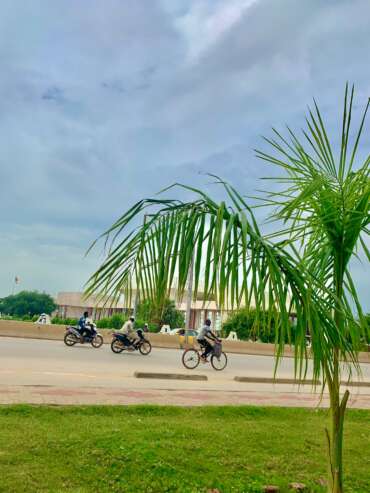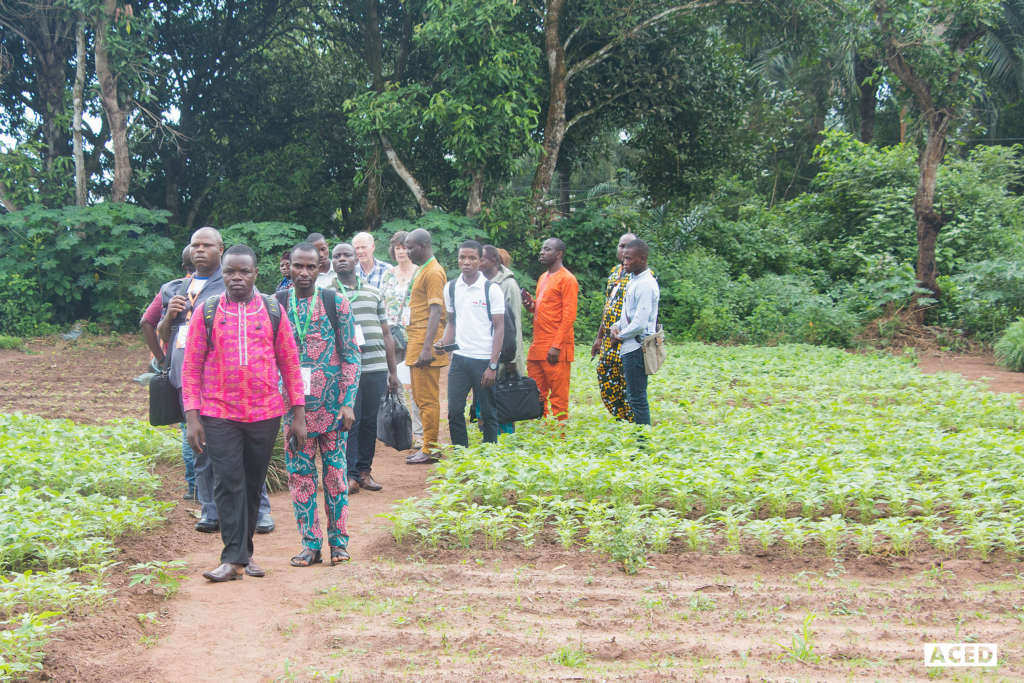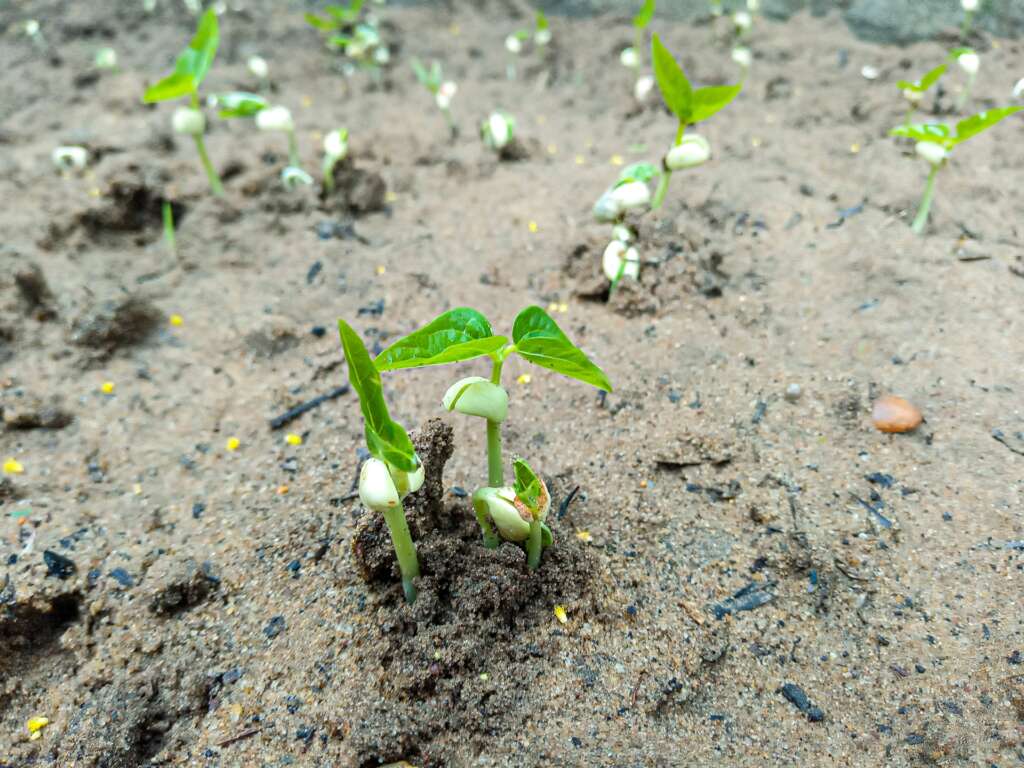In the context of rapid urbanization, poorer residents in cities across low- and middle-income countries increasingly experience food and nutrition deficiencies. The United Nations has highlighted urban agriculture (UA) as a viable solution to food insecurity, by empowering the urban poor to produce their own fresh foods and make some profit from surplus production.
Despite its potential role in reducing poverty and food insecurity, there appears to be little political will to support urban agriculture. This is seen in unclear political mandates that are sustained by information gaps on selection criteria for UA sites. The research reported here addresses this issue in the form of a decision-making support tool that assesses the suitability of cadastral units and informal plots for allotment gardens in urban and peri-urban areas.
The tool was developed and tested for three rapidly expanding cities in Benin, a low-income country in West Africa, based on an ordered logit model that relates a set of 300 expert assessments on site suitability to georeferenced information on biophysical and socio-economic characteristics. Soil, land use, groundwater depth, vicinity to market and women’s safety were significant factors in the assessment.
Scaled up across all cadastral units and informal sites, the tool generated detailed baseline maps on site suitability and availability of areas. Its capacity to support policymakers in selecting appropriate sites comes to the fore by reporting changes in site suitability under scenarios of improved soil fertility and enhanced safety for women. View Full-Text
Keywords: urban planning; GIS; urban agriculture; cities; Benin; Africa
This article was published in the MDPI journal



